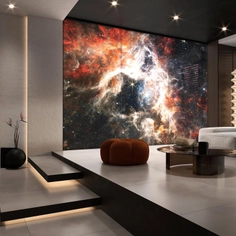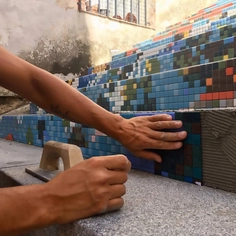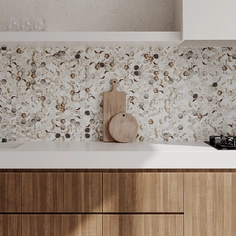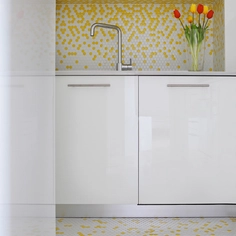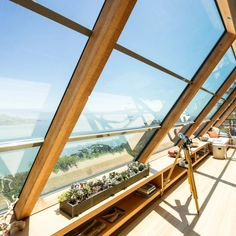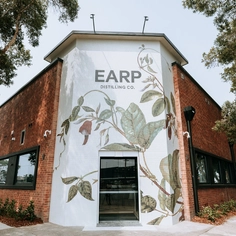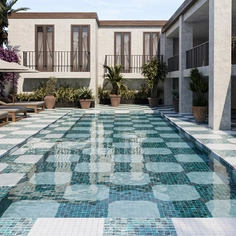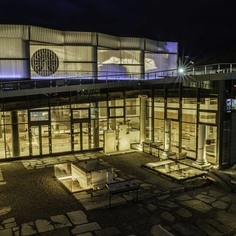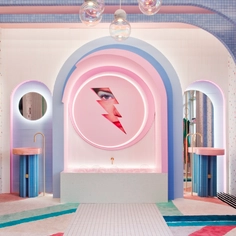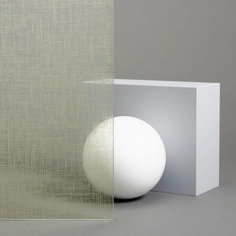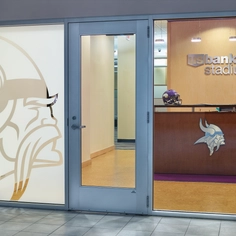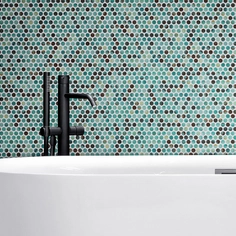LONGOTON® panels are a type of rear-ventilated ceramic tiles for facades, with rainscreen coating and the potential to be adapted to facades that require unusually long bricks. These panels can reach up to 3,000 mm in length, and can be displayed either vertically or horizontally. This is a product from German manufacturer MOEDING, which specializes in ceramic facade systems. The LONGOTON® tile was used on the facade of the National Museum of Jewish History in New York, along with the MOEDING BAGUETTE tile, which is a tubular type of module that can be integrated into composed facades, to provide dimension, texture, or shading.
The museum is located in the Philadelphia city center, and its protruding brick-orange facade made of LONGOTON® panels sits right next to the corner of Independence Mall and Market Street.
The closed structure is clad with the LONGOTON® tile facade that rests on a black granite base, contrasting with the brick-red of the ceramic tiles.
The structure of the building consists of steel studs with exterior sheathing, attached to the exterior material by a metal support system, to which the ceramic facade is also attached on the inside, creating a floating illusion. The large ceramic facade tiles measured 1,100 mm x 417.5 mm, each channeled by two pressed bars spread across the width of the tile. These panels continue up until the openings of the facade’s program, where they transition into BAGUETTE tiles of the same color.
On the upper corners between the box and the outer glass facade, curved terracotta BAGUETTES are interwoven with a black background and the LONGOTON tiles. These thinner tiles also work to provide sun protection.
The two interlocking volumes contrast in material, permeability, brightness, and color, and within, across the six levels of the museum, they have distributed an exhibit gallery, an auditorium, an education center, and spaces for interactive exhibition space, the main ones held within the terracotta volume, where also the repository of the museum’s collection is archived.
The terracotta volume is clad within and outside the museum, with over 4,500 square meters of tiles, softened with custom round edges and corners.
The LONGOTON® brick tile is characterized by its flexibility in shape and length, which can reach up to 3,000 mm. This brick tile was introduced into the market in 2001, as a response to the demand for long-format ceramic tiles.
The facade system offers:
- long-lasting materials
- natural resources
- efficient production
- economical development through fast and efficient installation
- high individuality due to large design option potential
- energy efficient
- low maintenance
| Architects | Ennead Architects |
| Year | 2010 |
| Program | Exhibition Space, Galleries, Conference Rooms, Education Center, Classrooms, Offices, Reference Library, Collections and Exhibition Storage, Museum Shop, Café, Staff Lounge |
| Photographs | Halkin Photography LLC |
| Manufacturers | MOEDING |
| Products used in this project | LONGOTON®, BAGUETTE |
| Location | Philadelphia, USA |






















